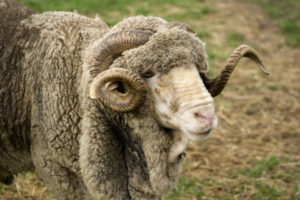Government right to signal need for change in NZ agriculture
Senior lecturer in Agribusiness Management at Lincoln University, Dr Nic Lees, said intensive dairying is currently profitable only because it is not bearing the full costs of its production systems.
 “It is not paying the cost to the environment of its production. We are all picking up the tab, and especially our children for the impact on our waterways and climate,” he said.
“It is not paying the cost to the environment of its production. We are all picking up the tab, and especially our children for the impact on our waterways and climate,” he said.
“Currently intensive dairy farming is addicted to high production per cow. This means adding in concentrated feed such as palm kernel and high levels of nitrogen fertiliser. This increases costs, which means these systems are only profitable with high production and high commodity prices.”
Dr Lees said this shows New Zealand’s future is not in maintaining our position as the lowest cost producer of meat and dairy products.
He said the Labour Government is clearly signalling New Zealand’s future is not in commodities.
However, there is potential for the horticulture sector to increase the value of our exports. The horticulture industry already produces $5.6 billion in exports from just 200,000 ha. This is in comparison to the dairy industry producing $13 billion from 2.4 million ha.
Dairying can also learn from the sheep industry.
“NZ reached peak sheep at 60 million in 1984. Now we have only 30 million but produce the same volume of lamb at significant higher value. Less animals means less greenhouse gasses, and reduces nitrate leaching. There is the potential to see this happen in the dairy industry also.”



